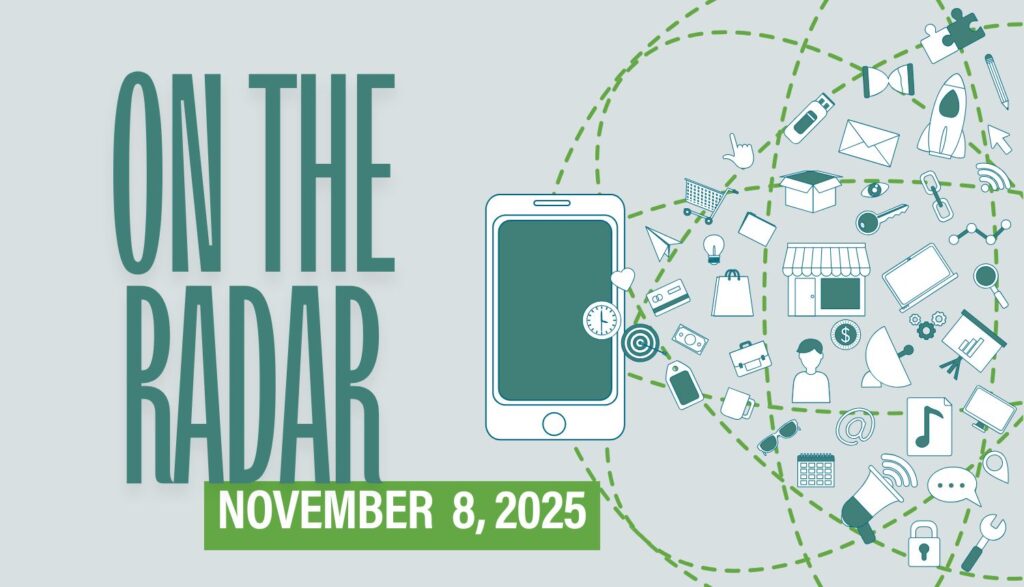New Study Reveals Most Dangerous Social Media Challenges
What? In a study sponsored by Omega Law Group, researchers assessed the risks of various social media “challenges.” The top five most dangerous? The Blackout Challenge, the Tide Pod Challenge, the Milk Crate Challenge, the Fire Challenge and the Benadryl Challenge.
So What? All of these challenges resulted in serious injuries, poisoning and even death. While most were attempted by 10- to 14-year-olds, teens in the 15- to 18-year-old range also tried these stunts. And the Blackout Challenge in particular has claimed the lives of children as young as 8 years old.
Now What? As kids look for more ways to engage online—to gain followers, likes, views, etc.—it’s important that we talk to them about the dangers of attempting popular challenges (or even creating their own). Not all challenges are dangerous, but all should be vetted by an adult. Younger tweens should never try any stunt without adult supervision. Older teens should be encouraged to practice risk assessment before taking on a challenge (even a seemingly safe one)—and perhaps to consider how younger viewers (or siblings) might be influenced by their actions.
‘Vibe Coding’ Named Collins Dictionary’s Word of the Year
What? “Vibe coding,” as defined by Collins Dictionary, is “the use of artificial intelligence prompted by natural language to assist with the writing of computer code.” Or, as Rachel Quin writes for the Collins blog, “It’s programming by vibes, not variables.”
So What? The managing director of Collins, Alex Beecroft, said vibe coding was chosen as their Word of the Year because it “perfectly captures how language is evolving alongside technology. It signals a major shift in software development, where AI is making coding more accessible.”
Now What? So what does that mean for parents? Well, your kids might be able to use vibe coding to create some really cool, even useful, apps and software. However, they could also spend so much time vibe coding that they start to neglect other important aspects of their lives—such as getting enough sleep and exercise. Make sure there’s a balance in your teenager’s life so they don’t miss out on the “good vibes” that life has to offer away from their screens.
The CEOs of Social Media Companies Will Testify in Court
What? The CEOs of Meta (parent company of Facebook and Instagram), Google (YouTube), TikTok and SNAP (Snapchat) failed to have a lawsuit accusing their platforms of inflicting mental health harms on young users dismissed. They will each testify in court on Jan. 27, 2026, according to Deadline.
So What? On Jan. 31, 2024, these same company heads testified about the harms of their platforms on young users at a Senate Judiciary Committee hearing. Some of these social media sites have since taken measures to increase safety for teen users. However, evidence shows that the platforms are still addictive, age-inappropriate content still slips through the cracks, and predators are able to bypass age-verification security features.
Now What? Even with the most robust parental controls, no social media app is 100% safe. Regardless of how this latest lawsuit (and other ongoing lawsuits) turns out, parents still must enact their own safety measures to keep their kids safe. Use the parental controls that are available. Limit the amount of time your children spend on social media. Remind them to never talk to strangers. Avoid oversharing personal details (and images). Block and report inappropriate content and users. And, perhaps most importantly, build a relationship with your kids so they know they can come to you for support and guidance if anything does creep up.





Recent Comments